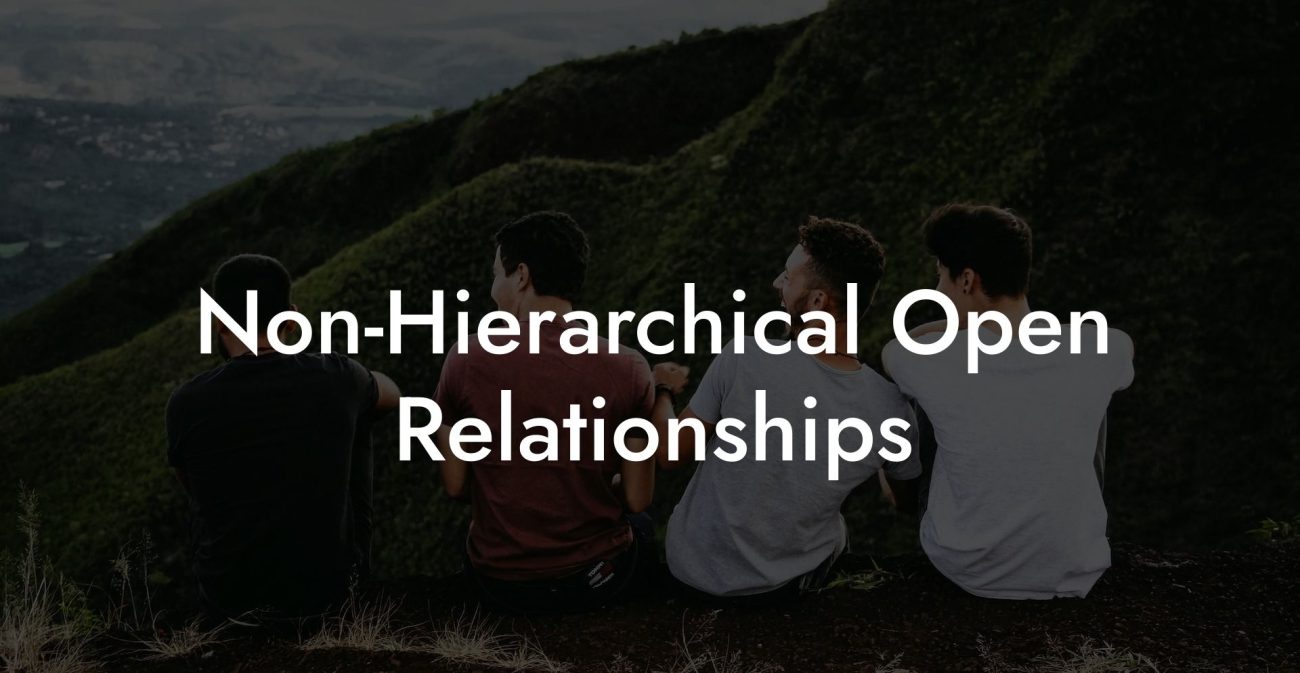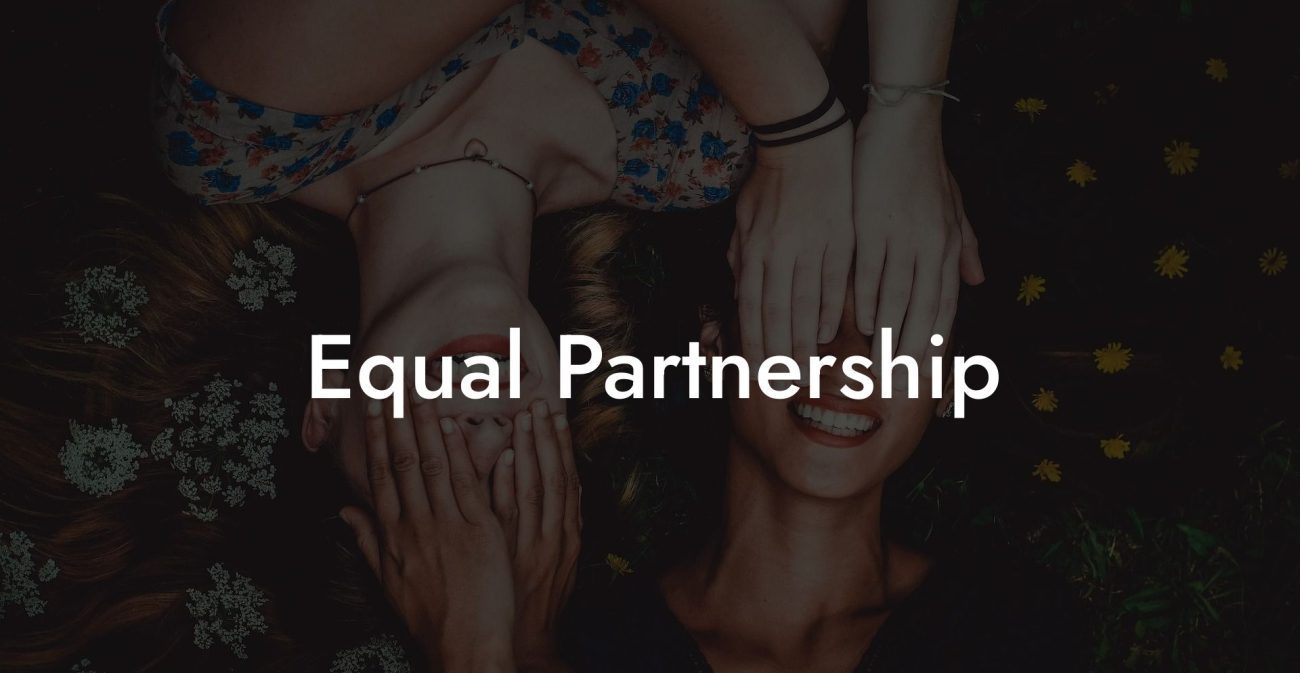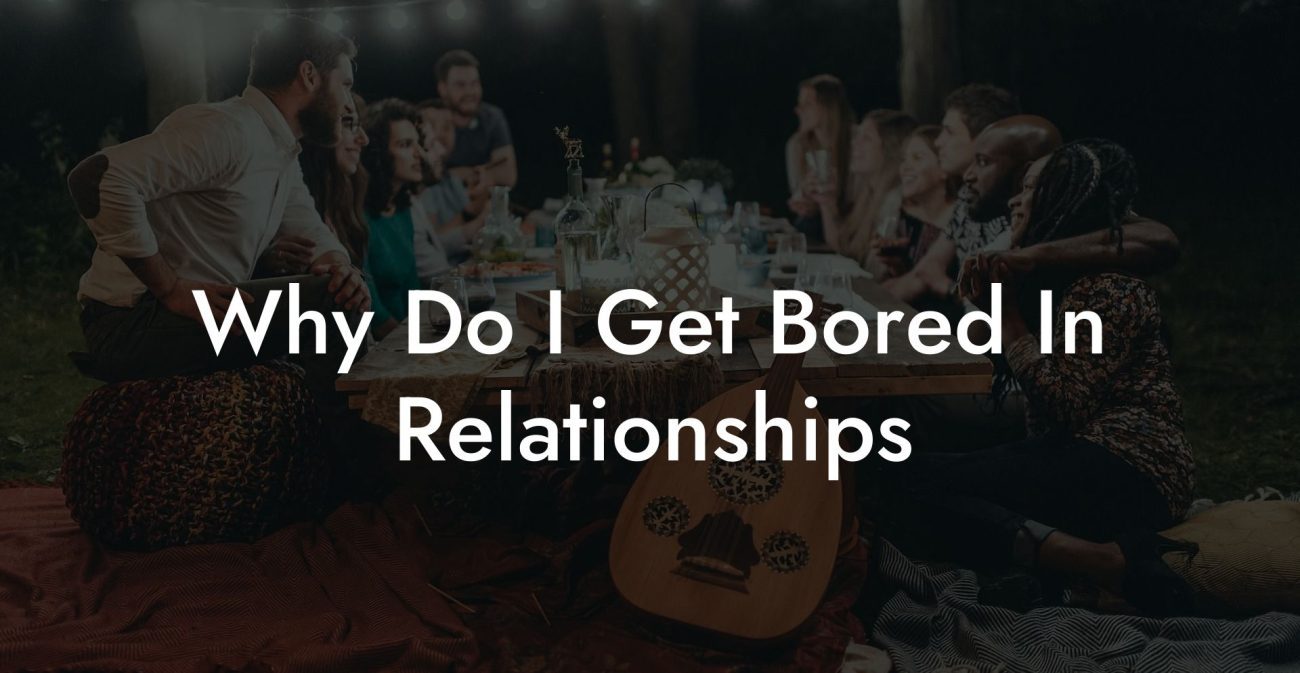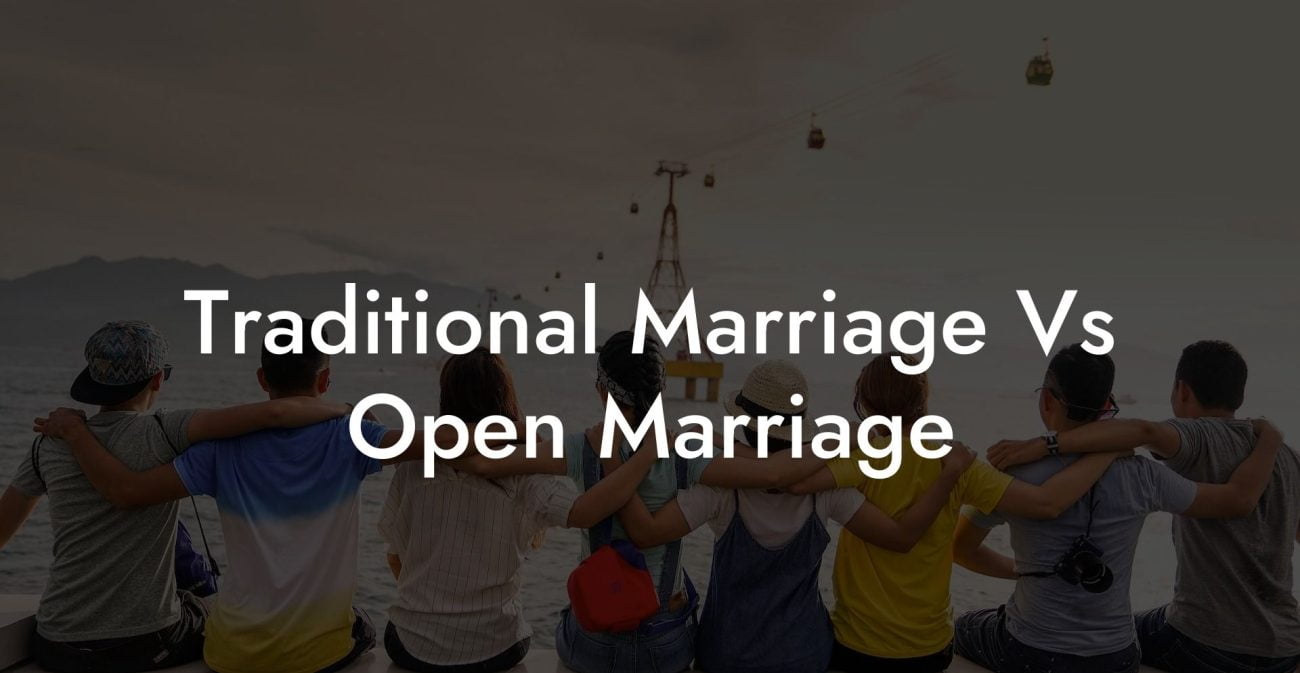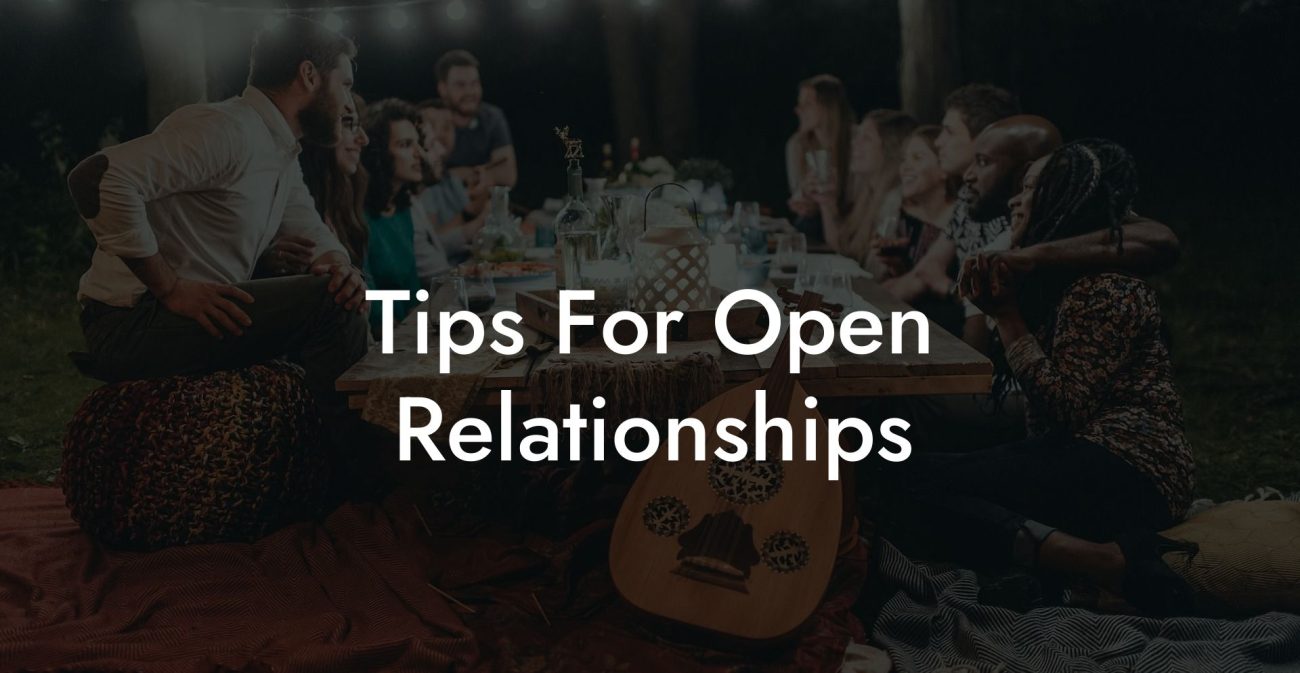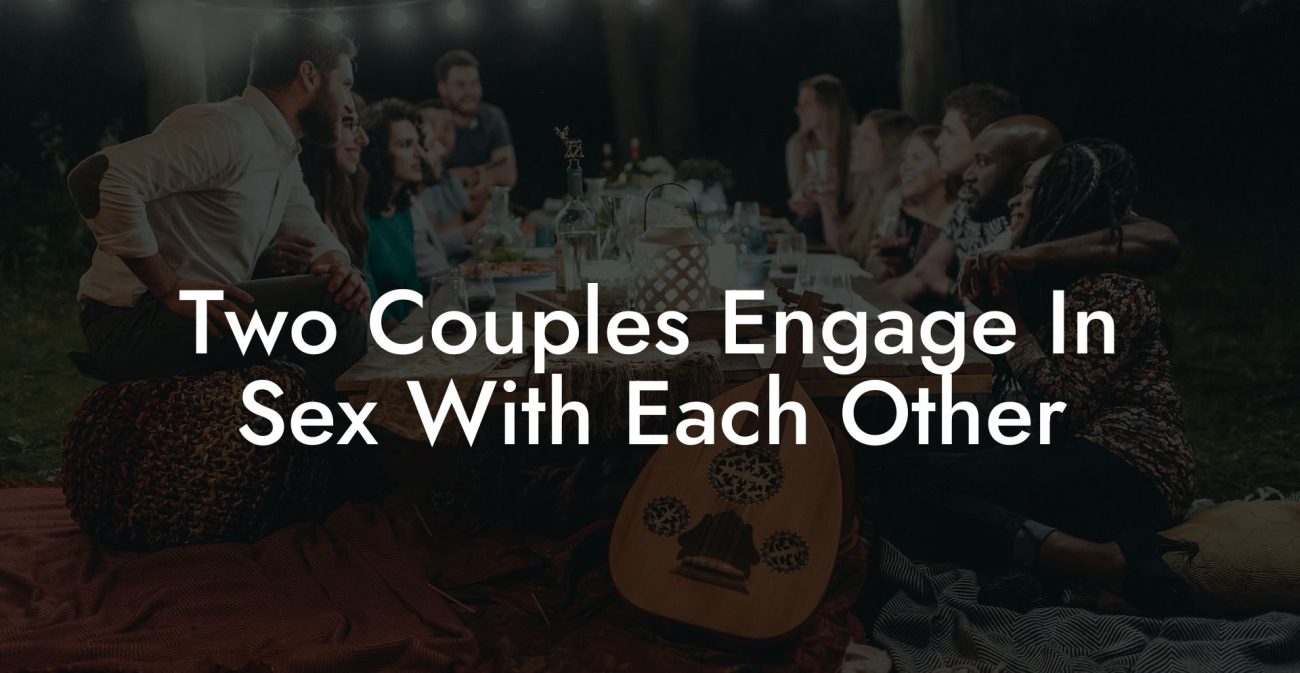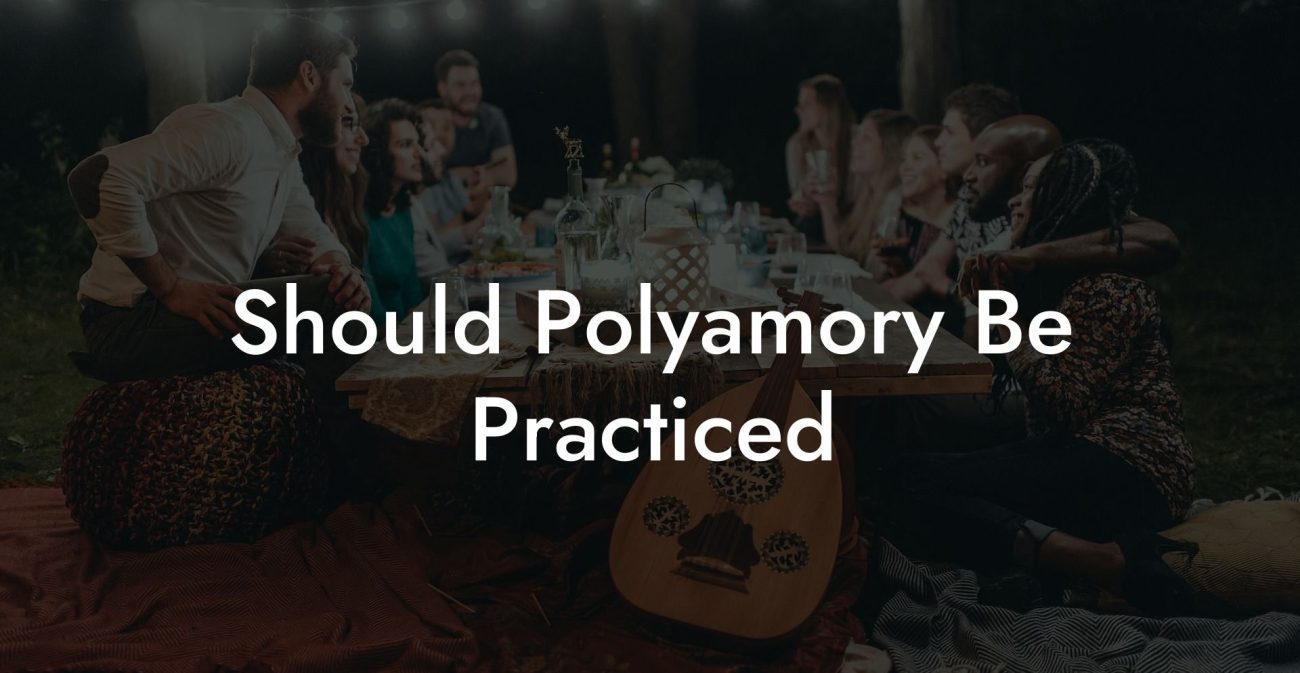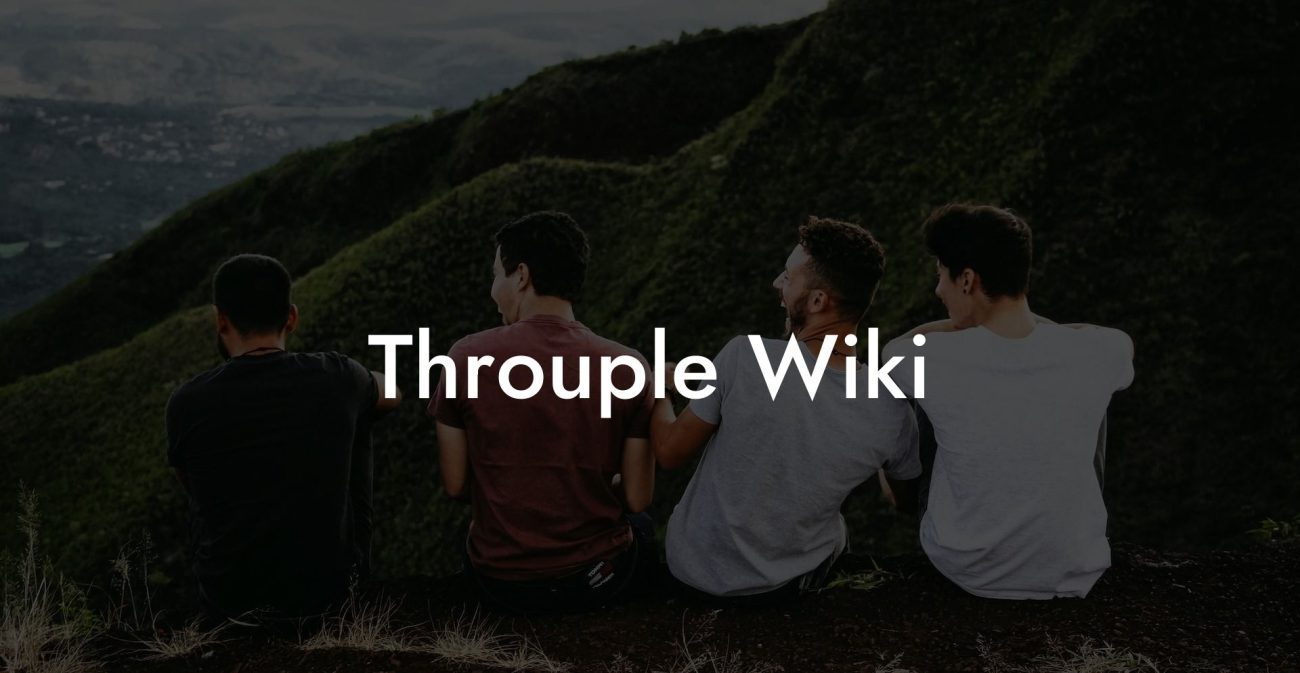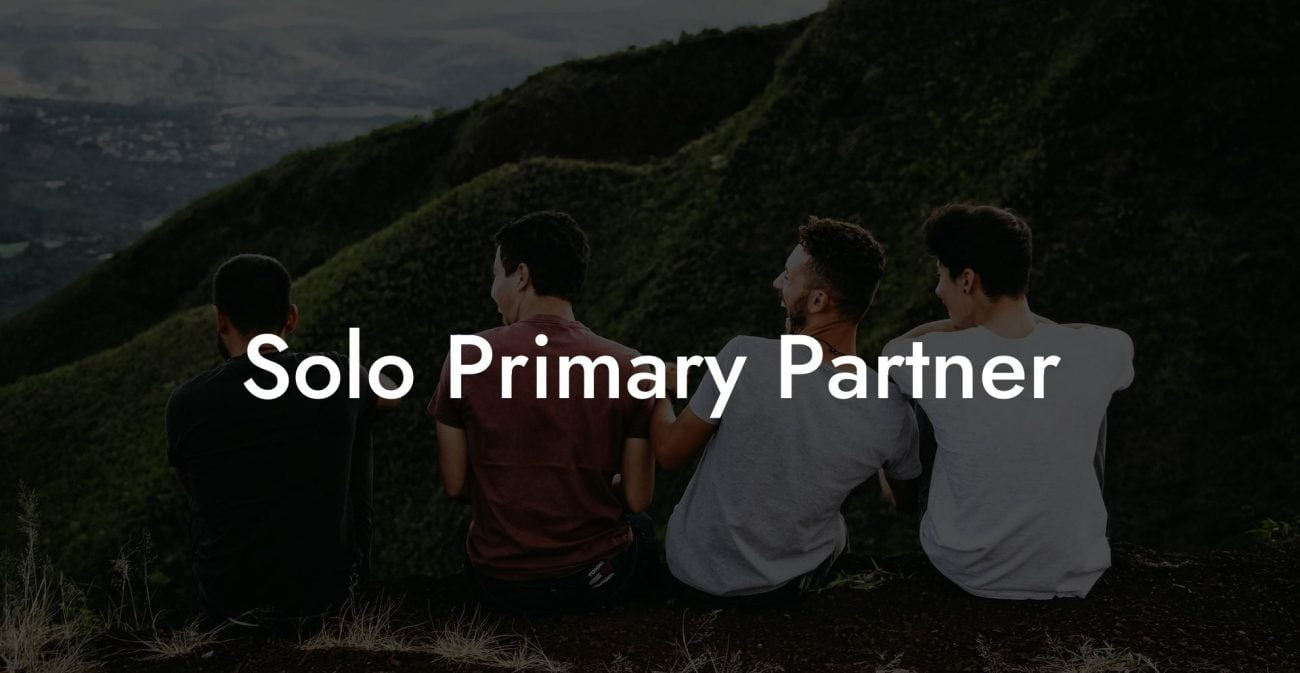Understanding Status Equal Relationships
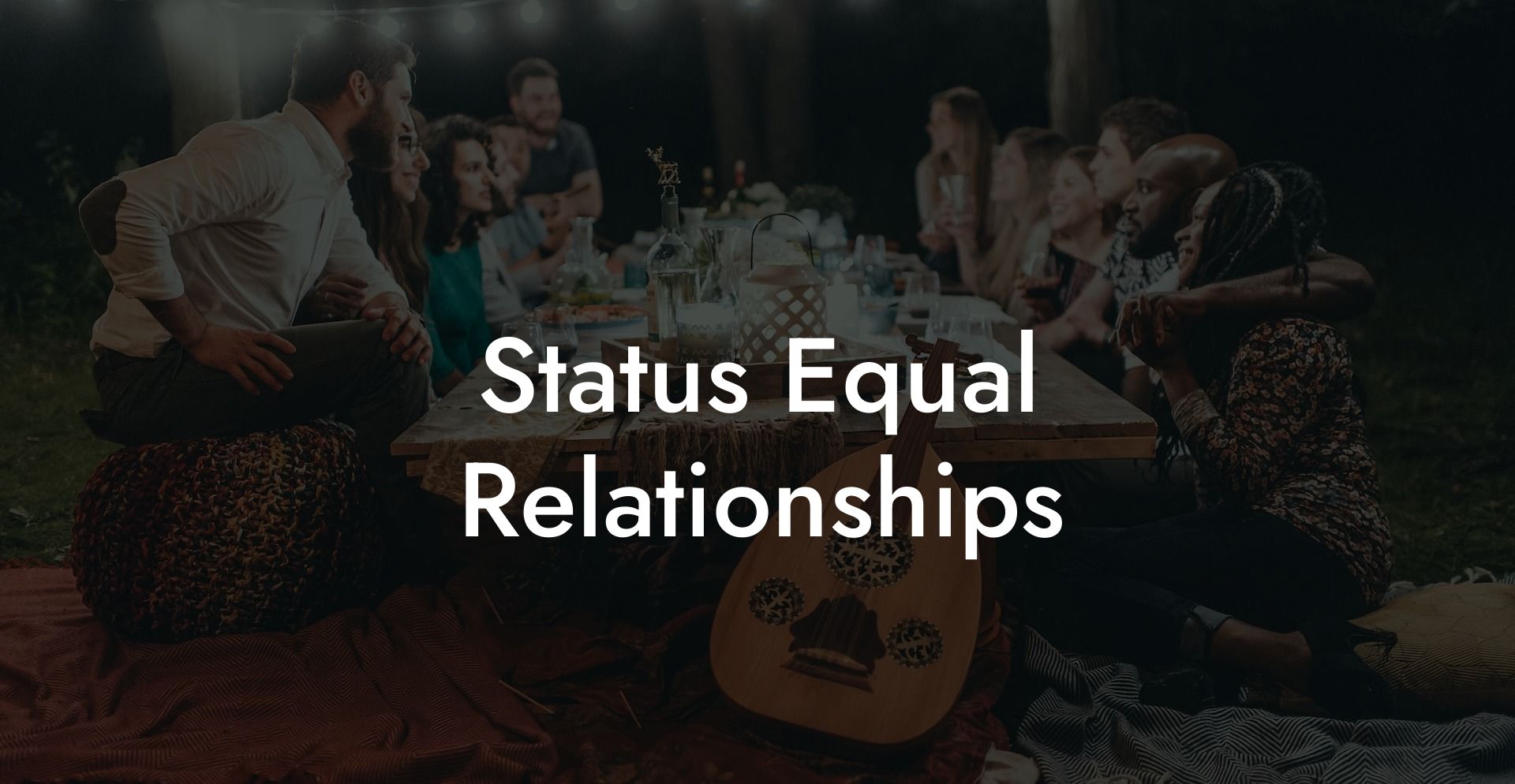
In today’s evolving relationship landscape, especially among those exploring non-monogamous and alternative relationship models, the concept of status equal relationships is gaining increasing attention. This model emphasizes equality, shared decision-making, and mutual respect among partners, without placing one relationship above another. Whether you’re navigating a polyamorous network or seeking to create an egalitarian bond in a monogamous setting, understanding status equal relationships can help you build a more balanced and fulfilling connection.
Quick Links to Useful Sections
- What Are Status Equal Relationships?
- Definition and Overview
- Key Characteristics of Status Equal Relationships
- Core Principles
- Structural Aspects
- Historical and Cultural Context
- The Evolution of Relationship Models
- Cultural Acceptance and Modern Trends
- Benefits of Status Equal Relationships
- Diverse Emotional and Practical Support
- Empowerment and Autonomy
- Enhanced Communication and Transparency
- Challenges of Status Equal Relationships
- Balancing Multiple Connections
- Managing Jealousy and Insecurity
- Maintaining Clear Communication
- External Stigma and Social Pressure
- Practical Strategies for Cultivating Status Equal Relationships
- Establish Collaborative Communication
- Create Clear, Mutually Agreed-Upon Boundaries
- Invest in Self-Care and Personal Development
- Foster a Supportive Community
- Frequently Asked Questions (FAQ)
What Are Status Equal Relationships?
Definition and Overview
Status equal relationships refer to a relationship dynamic in which all partners are considered equal in terms of commitment, influence, and emotional investment. Unlike hierarchical models, where one relationship is designated as primary and others as secondary, in status equal relationships, no single connection is deemed more important than the others. Instead, each relationship is valued on its own merits, and decision-making, responsibilities, and benefits are shared equally.
This approach is common in non-monogamous communities, particularly among those who practice non-hierarchical polyamory, but it can also apply to any relationship where equality is prioritized. The focus is on mutual autonomy, open communication, and the belief that all partners deserve the same level of respect and commitment.
Key Characteristics of Status Equal Relationships
Core Principles
Status equal relationships are built on several fundamental principles:
- Egalitarian Decision-Making: All partners share an equal voice in important decisions, from day-to-day logistics to long-term goals.
- Mutual Respect: Each partner’s opinions, feelings, and boundaries are valued equally, fostering an environment of trust and openness.
- Transparent Communication: Open dialogue is essential to address needs, resolve conflicts, and ensure that everyone’s expectations are met.
- Balanced Emotional Investment: Emotional support and attention are distributed evenly among partners, preventing the isolation or neglect of any individual.
- Shared Responsibilities: In relationships where practical matters (such as finances, household management, or parenting) are involved, responsibilities are allocated equitably.
Structural Aspects
Unlike hierarchical relationships where one partner is designated as primary, status equal relationships are characterized by the absence of a ranking system. Each relationship operates independently yet contributes to a cohesive network. This structure promotes a sense of collective well-being, as every partner's needs and desires are given equal consideration.
Historical and Cultural Context
The Evolution of Relationship Models
The concept of status equal relationships has emerged as part of a broader cultural shift towards challenging traditional relationship hierarchies. Historically, many societies enforced rigid roles within relationships, often based on gender, class, or cultural norms. However, as social attitudes have evolved, driven by feminist movements, queer theory, and a growing emphasis on individual autonomy, people have increasingly questioned the need for hierarchical structures in their intimate lives.
In recent decades, non-monogamous communities, particularly within polyamory, have embraced the idea that all relationships can be valuable and that no single bond should automatically dominate one’s life. This shift toward equality reflects a broader societal trend toward recognizing diversity in relationships and rejecting one-size-fits-all models of commitment.
Cultural Acceptance and Modern Trends
Among younger generations, particularly Millennials and Gen-Z, the pursuit of status equal relationships is often seen as a progressive, empowering choice. These individuals value self-expression, diversity, and equity, and they are more likely to seek relationship models that reflect these values. As online communities and social media continue to share stories of ethical non-monogamy, the principles of status equality have gained traction, offering a fresh perspective on how to cultivate fulfilling connections.
Benefits of Status Equal Relationships
Diverse Emotional and Practical Support
One of the key advantages of a status equal relationship is the broad network of support it creates. By ensuring that all partners receive equal attention and care, individuals can benefit from a variety of emotional, intellectual, and practical resources.
- Multiple Perspectives: Access to different viewpoints and experiences can enrich decision-making and personal growth.
- Collective Strength: A balanced network provides resilience during challenging times, as support is distributed among several partners.
Empowerment and Autonomy
Emphasizing equality in relationships empowers each individual to assert their needs and pursue personal growth. In a status equal dynamic, every partner is encouraged to maintain their autonomy while contributing equally to the relationship network.
- Personal Freedom: Partners have the freedom to express themselves and explore their interests without being confined to traditional roles.
- Mutual Empowerment: The commitment to equality fosters an environment where all individuals feel valued and respected.
Enhanced Communication and Transparency
With no hierarchy dictating whose needs come first, all partners are motivated to engage in open and honest communication. This transparent dialogue is essential for resolving conflicts and ensuring that everyone’s expectations are met.
- Open Dialogue: Regular conversations help clarify desires, boundaries, and any issues that may arise.
- Conflict Resolution: An egalitarian framework makes it easier to address conflicts constructively and find mutually beneficial solutions.
Challenges of Status Equal Relationships
Balancing Multiple Connections
One significant challenge is managing time, energy, and emotional investment across several relationships. Without a clear hierarchy, there is a risk that some partners may feel neglected if balance is not maintained.
Advice: Establishing a schedule that allocates dedicated time for each partner can help maintain balance and ensure that everyone feels valued.
Managing Jealousy and Insecurity
Even in an egalitarian relationship, feelings of jealousy and insecurity can emerge. When all partners are considered equal, it requires extra effort to address these emotions openly and constructively.
Advice: Encourage regular, honest conversations about emotions. Consider mindfulness practices or professional counseling to develop strategies for managing jealousy.
Maintaining Clear Communication
With multiple voices in the relationship, ensuring that everyone is heard and understood can be complex. Miscommunications can lead to misunderstandings or hurt feelings if not addressed promptly.
Advice: Use active listening techniques and "I" statements during conversations. Regular check-ins and digital communication tools can also help keep everyone aligned.
External Stigma and Social Pressure
Despite growing acceptance of alternative relationship models, status equal relationships may still face social stigma or misunderstanding, particularly from those who adhere to traditional norms.
Advice: Build a supportive community by connecting with like-minded individuals through online forums, local meet-ups, and social media groups. Educating others about the benefits of an egalitarian relationship model can also help mitigate external pressures.
Practical Strategies for Cultivating Status Equal Relationships
Establish Collaborative Communication
Open, transparent communication is key. Set up regular meetings or check-ins where all partners can discuss their needs, feelings, and any adjustments required in the relationship.
- Scheduled Discussions: Arrange regular group or individual check-ins to keep everyone informed.
- Active Listening: Focus on understanding each partner’s perspective, using reflective techniques to validate their experiences.
Create Clear, Mutually Agreed-Upon Boundaries
Even in an equal relationship, it’s essential to define and agree on boundaries. This might include:
- Time Commitments: Outline how much time and energy each partner can expect to receive.
- Emotional Expectations: Discuss what each person needs in terms of support and intimacy.
- Practical Responsibilities: Divide household duties, financial obligations, or other shared responsibilities equitably.
Invest in Self-Care and Personal Development
Prioritizing self-care is crucial when balancing multiple relationships. Engage in activities that promote your physical, mental, and emotional well-being.
- Mindfulness and Meditation: These practices can help manage stress and enhance emotional clarity.
- Personal Hobbies: Maintain interests and activities that foster individual growth and satisfaction.
- Professional Support: Consider therapy or counseling to navigate complex emotions and build resilience.
Foster a Supportive Community
Building connections with others who share your relationship values can provide emotional support and practical advice.
- Join Online Forums: Participate in communities such as r/polyamory to exchange ideas and experiences.
- Attend Local Events: Look for workshops, meet-ups, or seminars on ethical non-monogamy and relationship dynamics.
- Network with Like-Minded Individuals: Building a network of support can help you feel more confident and resilient in your relationship choices.
Frequently Asked Questions (FAQ)
1. What is a status equal relationship?
A status equal relationship is one in which all partners are considered equal in terms of commitment, decision-making, and emotional investment, without a designated primary or secondary role.
2. How does a status equal relationship differ from a hierarchical one?
In hierarchical relationships, one relationship is prioritized (usually designated as primary), whereas in status equal relationships, all connections are valued equally, and decision-making is shared among all partners.
3. What are the benefits of maintaining a status equal relationship?
Benefits include a diverse support network, increased personal freedom, balanced decision-making, and a collaborative approach to managing relationship responsibilities.
4. What challenges might arise in a status equal relationship?
Challenges include balancing time and emotional energy among all partners, managing jealousy and insecurity, and ensuring that communication remains clear and effective.
5. How can I improve communication in a status equal relationship?
Regular check-ins, active listening, using "I" statements, and employing digital tools to coordinate schedules can significantly enhance communication among all partners.
6. Where can I find additional resources on status equal relationships?
Additional resources include books like "The Ethical Slut" by Dossie Easton & Janet Hardy and "More Than Two" by Franklin Veaux & Eve Rickert, as well as podcasts like "Multiamory" and online communities such as r/polyamory.
Resources and Community Support: Your Next Steps
- "The Ethical Slut" by Dossie Easton & Janet Hardy – A foundational book offering insights into ethical non-monogamy and strategies for building balanced, equal relationships.
- "More Than Two" by Franklin Veaux & Eve Rickert – A guide that provides practical advice on managing multiple relationships and maintaining equality among partners.
- Podcasts: Listen to "Multiamory" and other related podcasts for engaging discussions and real-life experiences on building status equal relationships.
- Online Communities: Join forums such as r/polyamory to exchange ideas, gain support, and learn more about egalitarian relationship dynamics.
- Workshops and Webinars: Attend events on relationship psychology and ethical non-monogamy to expand your knowledge and connect with like-minded individuals.
By exploring these resources and applying the strategies outlined in this guide, you can develop a clear, informed understanding of status equal relationships and learn how to create and nurture connections that are both balanced and fulfilling. Embrace open dialogue, continuous learning, and self-reflection as you build a relationship network that truly reflects your values and needs.
Lost & confused by all of the terms, types and seemingly made up 3 letter acronyms?? We've got you. Check out our Ethnical Non-Monogamy Dictionary >>
Useful Interruption: Not sure which relationship vibe fits you best? Take our Relationship Test, it’ll give you the real insight into your natural relationship style. Then, dive into our binge-worthy guides (from the tried-and-true to the “wait, that’s a thing?”) and find the perfect relationship type for your life:
- Monogamy
- Open Relationships
- Ethical Non-Monogamy
- Solo Polyamory
- Non-Hierarchical Polyamory
- Hierarchical Polyamory
- Relationship Anarchy
- Swinging
Now back to the main article but yeah take the test...

